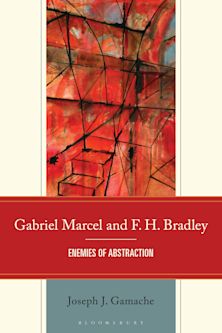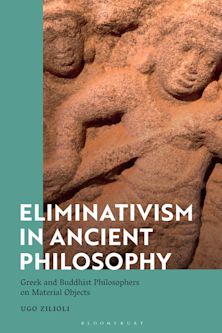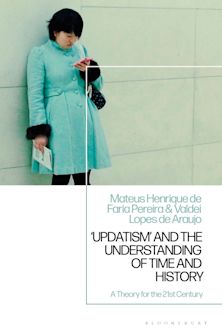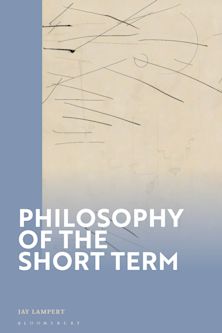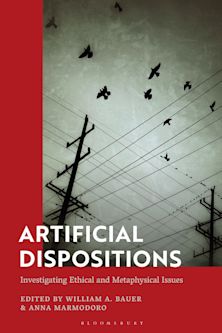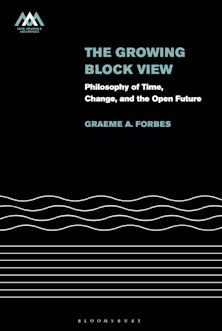- Home
- ACADEMIC
- Philosophy
- Metaphysics
- Toward a Directionalist Theory of Space
You must sign in to add this item to your wishlist. Please sign in or create an account
Description
In Toward a Directionalist Theory of Space: On Going Nowhere, H. Scott Hestevold formulates a new relationalist theory of space by appealing to the view that the universe is directioned in the sense that there exist directional relations—a class of spatial relations that Leibniz overlooked. Extending the directionalist/relationalist theory of space to the problem of when it is that discrete objects compose a whole, Hestevold revisits his answer to the Special Composition Question. He also uses the directionalist/relationalist theory to formulate reductivist theories of boundaries and holes—theories that may allow one to resist the view that boundaries and holes are ontologically parasitic entities. Finally, he explores directionalism/relationalism vis-à-vis spacetime. After noting findings of modern physics that favor substantivalist spacetime and then developing metaphysical concerns that favor instead directionalist/relationalist spacetime, Hestevold notes the ontological benefit of endorsing spatiotemporal directional relations even if spacetime substantivalism is the winning theory.
Table of Contents
Chapter 2: Spatial Directionalism
Chapter 3: A Directionalist Theory of Space
Chapter 4: Defending Spacelessness
Chapter 5: The Special Composition Question Revisited
Chapter 6: Is the Road to Nowhere Without Boundaries and Holes?
Chapter 7: Is Modern Physics a Roadblock to Going Nowhere?
Bibliography
Product details
| Published | 02 Jul 2020 |
|---|---|
| Format | Ebook (Epub & Mobi) |
| Edition | 1st |
| Extent | 220 |
| ISBN | 9781498579971 |
| Imprint | Lexington Books |
| Illustrations | 11 BW Illustrations |
| Series | Toposophia: Thinking Place/Making Space |
| Publisher | Bloomsbury Publishing |
About the contributors
Reviews
-
Hestevold’s book is a sophisticated, well-informed, and original treatment of thorny issues in analytic metaphysics. He grounds his discussion of space and directionality in the classic debate between Newton and Leibniz, but deftly takes it into the contemporary relativistic understanding of spacetime, with much to say about composition, persistence, continuity, and dependent particulars along the way.
Steven D. Hales, Bloomsburg University


















